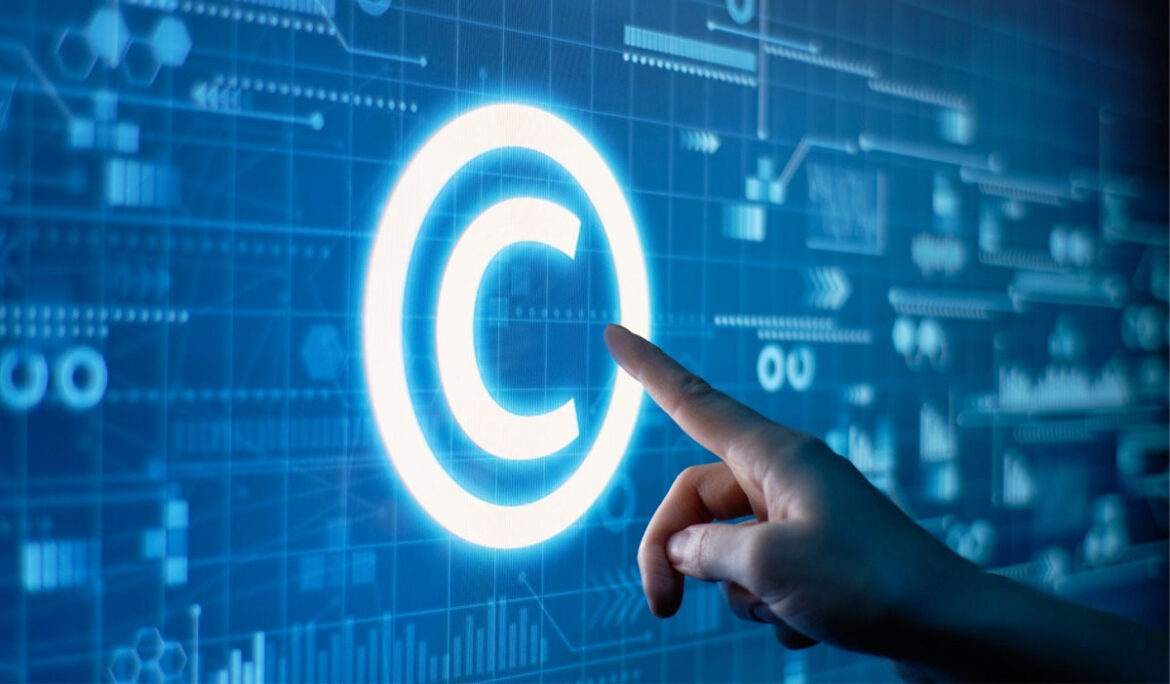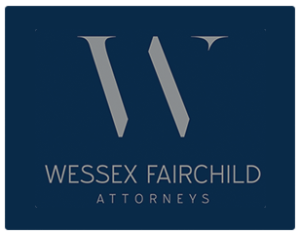
Intellectual property is a broad category that refers to the collection of intangible assets that a company or individual owns. These are legally protected from being used or implemented by anyone else without their explicit permission. A non-physical asset that a business or individual owns is an intangible asset.
The idea of intellectual property is that certain products of human thought ought to be protected in the same way that physical property, also known as tangible assets, is protected. Legal safeguards for both types of property are in place in the majority of developed economies.
Understanding Intellectual Property
Given its high value in today’s increasingly knowledge-based economy, businesses are diligent about identifying and safeguarding intellectual property. Additionally, skilled labor and significant investments in brainpower and time are required to produce valuable intellectual property. This results in significant investments made by businesses and individuals that cannot be accessed by others without permission.
Any business has a significant responsibility to both extract value from intellectual property and prevent others from doing so. There are many different kinds of intellectual property. Intellectual property can be worth a lot more than a company’s physical assets, even though it is an intangible asset. The businesses that own intellectual property fiercely guard and protect it because it can provide a competitive advantage.
The following is a list of some of the most common types of intangibles that can be included in intellectual property.
Patents
A patent is a property right that is typically granted by a government agency, like the U.S. Patent and Trademark Office.1 It gives the inventor exclusive rights to the invention, which could be a design, a process, an improvement, or even a physical invention like a machine. Software and technology companies frequently own patents for their designs.
Copyrights
Copyrights grant authors and creators of original material the exclusive right to use, copy, or duplicate their material. For instance, Steve Jobs and three other colleagues at Apple Inc. filed the patent for the personal computer in 1980. Both authors of books and musicians are protected by copyright.
Trademarks
A trademark is a symbol, phrase, or insignia that is recognizable and represents a product that legally separates it from other products. A trademark also states that the original creators can grant anyone authorization to use the work through a licensing agreement.3 A company is the only one who can use or copy a trademark because it is exclusively assigned to that company. A company’s brand is frequently associated with a trademark. The Coca-Cola Company owns, for instance, the logo and brand name “Coca-Cola.”
Franchises
A franchise is a license that a business, individual, or other party—known as the franchisee—purchases to use a company’s—the franchisor’s—name, trademark, proprietary knowledge, and processes.
The person who runs the store or franchise is typically the franchisee, who owns a small business or is an entrepreneur. The franchisee can sell a product or provide a service under the company’s name thanks to the license. The franchisee pays the franchisor a start-up fee and ongoing licensing fees in exchange. United Parcel Service (UPS) and McDonald’s Corporation (MCD) are two examples of businesses that employ the franchise business model.
Trade Secrets
A trade secret is a process or practice that a company uses that is not public information and gives the company or the person who owns the trade secret a financial advantage. Trade secrets are typically the result of a company’s research and development and must be actively protected by the company (which is why some employers require the signing of non-disclosure agreements (NDAs).
A design, pattern, recipe, formula, or proprietary process are all examples of trade secrets. A business model that provides a competitive advantage and differentiates the company’s offerings to customers is created using trade secrets.
Digital Assets
Increasingly, digital assets are also regarded as intellectual property. These would include online digital content and proprietary software code or algorithms.
Intellectual Property Infringement
Certain rights come with intellectual property called intellectual property rights (IPR) which can’t be used by people who don’t have permission. IPRs give owners the power to stop other people from making, copying, or profiting from their work.
Infractions are frequently committed without intention. Make sure your business does not use copyrighted or trademarked content to avoid intellectual property infringement lawsuits.
Make sure your brand or logo does not look too similar to other brands so that it could reasonably mislead someone into thinking it was the other brand.
It would be wise to conduct a patent search to make sure that any ideas you come up with are your own and that you can license them legally. To ensure that you are not utilizing any other person’s intellectual property, get in touch with a lawyer who specialize in this area.


